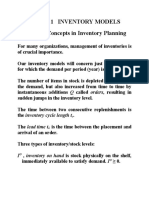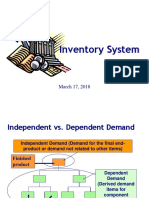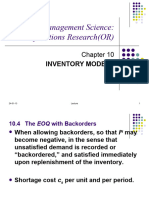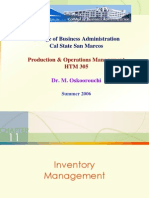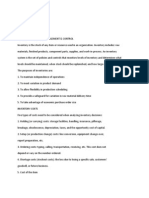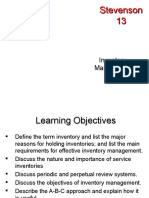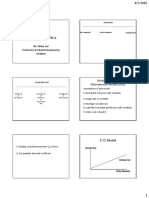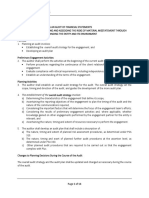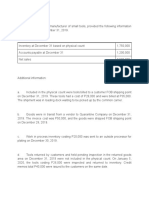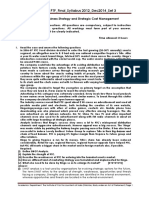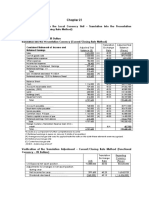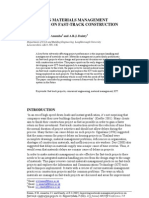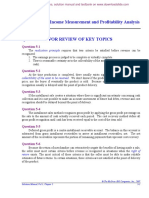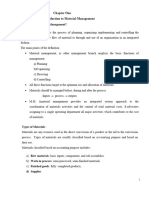0% found this document useful (0 votes)
12 views23 pagesIM LE - Lecture 2
The document covers inventory control topics including Economic Order Quantity (EOQ), Extended Production Quantity (EPQ), and constraints in inventory management. It provides examples and solutions for calculating optimal order quantities, total costs, and handling inventory under various conditions such as discounts and space limitations. Additionally, it includes exercises and case studies for practical application of the concepts discussed.
Uploaded by
9bbfcs5qzsCopyright
© © All Rights Reserved
We take content rights seriously. If you suspect this is your content, claim it here.
Available Formats
Download as PDF, TXT or read online on Scribd
0% found this document useful (0 votes)
12 views23 pagesIM LE - Lecture 2
The document covers inventory control topics including Economic Order Quantity (EOQ), Extended Production Quantity (EPQ), and constraints in inventory management. It provides examples and solutions for calculating optimal order quantities, total costs, and handling inventory under various conditions such as discounts and space limitations. Additionally, it includes exercises and case studies for practical application of the concepts discussed.
Uploaded by
9bbfcs5qzsCopyright
© © All Rights Reserved
We take content rights seriously. If you suspect this is your content, claim it here.
Available Formats
Download as PDF, TXT or read online on Scribd
/ 23






